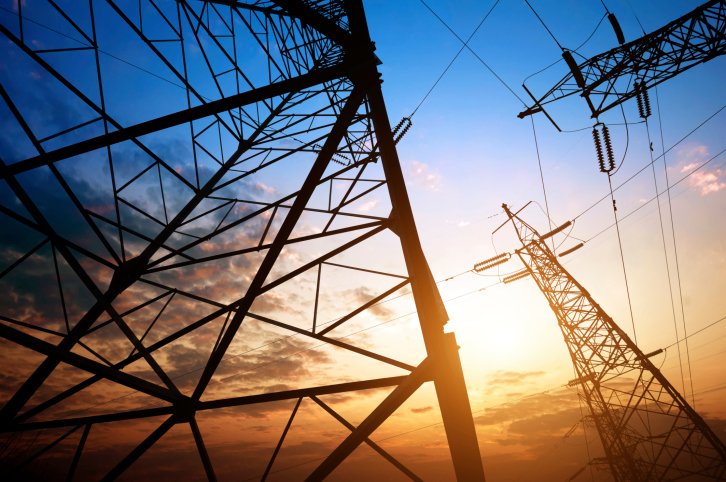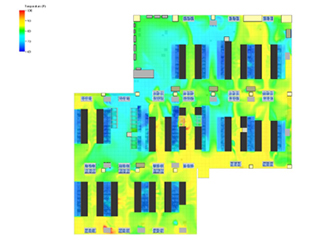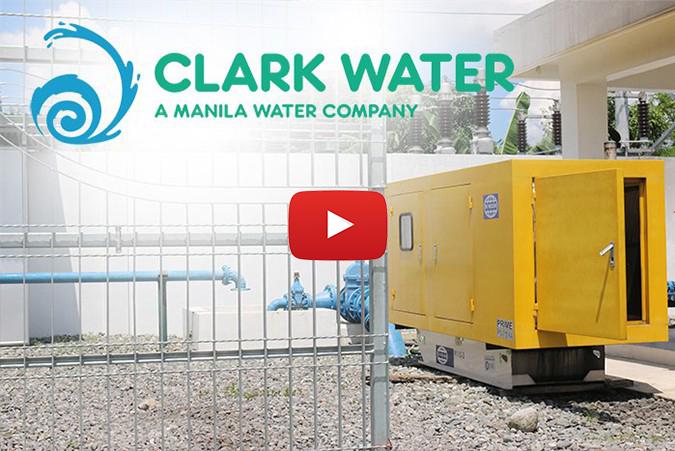Data centers have become crucial aspects of business operations. There are globally an estimated 7.2 million data centers of varying sizes. Many companies rely on colocation services and cloud solutions for their businesses. The data center industry shows no signs of slowing down and is forecast to continue growing year on year.
Data centers are not just places where banks, governments, and businesses store data. They’re being used to host AI, they run the cryptocurrency networks. Data centers are the backbone of modern society. The process and store the massive amount of information that travels in and out of our online activities. We rely on data centers for our everyday communication, work, and entertainment.
The huge amount of energy consumed in data centers has become increasingly the focus of governments and environmental legislation. The has led to a focus on data center power and water usage and efficiency (WUE). In 2017, data centers in the US consumed more than 90 billion kWh of energy. While 416 terawatts (TWh) of energy were consumed in data centers worldwide. This is roughly equal to 3% of total global energy.
Datacenter Power Optimization
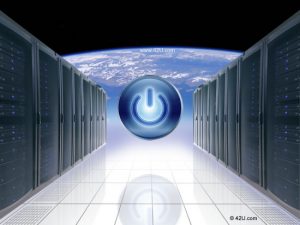
Reducing power consumption and increasing energy efficiency are the main responses in the industry. Bigger companies are searching for renewable power sources to incorporate in data centers. Google, Microsoft, and Facebook are some of the leading companies that are setting the standards in the industry.
Power optimization is a framework that enables data centers to improve their power consumption. Data centers are encouraged to use their power sources in ways that maximize benefits both for the company and the environment. According to the Energy Foundation, power optimization has three key features.
- Demand Response – Help customers use energy in connection with a dynamic power grid.
- Energy Efficiency – Increase energy savings in existing infrastructures.
- Fuel Switching – Halt burning fossil fuels and use renewable energy when possible.
The Energy Foundation also suggested some key changes to optimize power consumption.
- Employ advanced technologies that monitor and reduce power consumption.
- Power infrastructures efficiently and rapidly.
- Use meter-based measurement technologies.
Power Auditing For Optimization
A crucial step in power optimization is auditing your power consumption. After all, how will you know the solutions if you do not know the problems? It is essential to start with a diagnosis so you may know what to improve in your data center power.
There are different types of power auditing for power optimization. You may consult experts to audit your power systems depending on your need. Below are the three types of power auditing in data centers.
- Walkthrough Power Audit
This is the basic, least time-consuming, and most affordable power audit. It can quickly find issues that need improving in data center efficiency. The auditor will review power consumption for the past one to two years. This is to identify the baseline energy use and trends. Also the costs and potential savings. It provides information on the following aspects:
-
- Lighting Levels
- Power
- Thermal analysis
- Comprehensive Power Audit
This is the recommended power audit and assessment for data centers. It provides a detailed report on data center power utilization. The auditor will review power consumption for the past three or more years. It provides information on the following aspects:
-
- Contracts
- Inventories
- Power Rates
- Power Sources
- Power Usage Records
- Investment-Grade Power Audit
This is the power audit that provides the most in-depth analysis and review of data center power. It includes a detailed power model to emphasize the effects of power efficiency for the facility. You will know the best strategies and system upgrades for the facility. Take note, however, that this is the most expensive power audit among the three. It provides information on the following aspects:
-
- Contracts
- Cost-Savings Analysis
- Power Design
- Power Modeling
- Power Rates
- Power Sources
- Power Usage Records
Power Assessment For Optimization
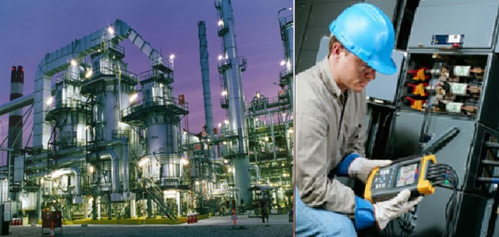
Photo Credit: www.indiamart.com
Power systems assessment is another crucial aspect of data center power optimization. Like power auditing, assessing power systems is essential in finding the right efficiency strategies for the facility. Again, it will serve as the foundation for improving data center power.
Remember that power audit and systems assessment are two different things. Power assessment is the next step after power auditing. After gathering information on power consumption, the auditor will check the different data center systems. The following areas are typically examined:
- Air Management System
- Electrical Power Chain
- Hardware And Software
- HVAC System
- Indoor And Outdoor Lighting
- On-Site Power Generation
Auditing and assessment will give you insights into the facility’s current running costs. It will also project the possible cost savings after employing power efficiency strategies in the facility. These processes will significantly help in lowering data center energy consumption. Although they can be costly, these are essential steps in achieving optimal data center operations.
Power Monitoring For Optimization
Power monitoring is the most vital aspect of data center power optimization. Monitoring allows operators to manage and track power utilization in the facility. Through monitoring, they can see how each system consumes power. From this, they can implement strategic plans to improve data center efficiency. Power monitoring also prolongs the lifespan of servers and other IT equipment.
Power monitoring includes managing and tracking the entire data center facility. Through this, you can manage the environmental conditions that would suit power optimization strategies. Power usage efficiency (PUE) indicates how efficiently a system utilizes energy. Every data center’s goal is to maximize PUE and to run the facility at its most optimal level.
Today, there are many sophisticated power monitoring systems. These monitors can provide in-depth analysis and reports of data center power consumption. They can even project the performance of the power systems in the future based on present data.
Through these advanced features, operators will know the current issues in their system. Datacenter power optimization can be easier by employing the right power monitoring systems.
Data Center Power Optimization with AKCP Power Monitoring System
AKCP offers data center monitoring solutions worldwide.
AKCP was established in the USA and has more than 30 years of experience in professional sensor solutions. We created the market for networked temperature, environmental, and power monitoring in the data center. AKCP is also the world’s oldest and largest manufacturer of networked wired and wireless sensor solutions.
- AKCP sensorProbe+ and securityProbe technology
The AKCP sensorProbe+ series of base units are our flagship remote environmental sensor monitoring device. Our sensor monitoring systems are deployed in a wide variety of industries. This includes data center environmental monitoring, warehouse temperature monitoring, cold storage temperature monitoring as well as fuel and generator monitoring, and other remote site monitoring applications.
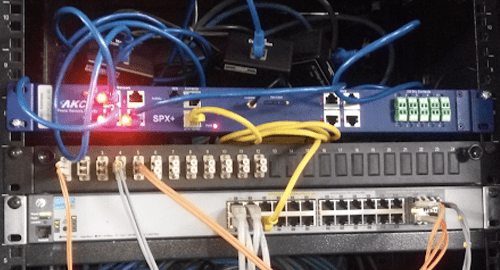
SPX+ with 8 sensor ports, internal GSM modem and 10 dry contact IO’s
Meanwhile, the AKCP securityProbe series of base units is an advanced remote environmental sensor monitoring device. Both technologies are implemented for various industry monitoring. They are specifically designed to work with AKCP monitoring sensors.
- AKCP Power Monitoring Sensor
The AKCP Power Monitor Sensor gives vital information and allows you to remotely monitor power. Eliminating the need for manual power audits provides immediate alerts to potential problems. It is specifically designed to be used with AKCP sensorProbe+ and securityProbe base units.
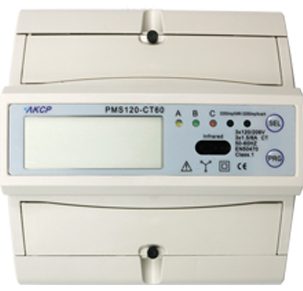
Power Monitoring Sensor
It has been integrated into the sensorProbe+ and securityProbe web interface with its own “Power Management” menu. Allowing multiple three-phase and single-phase Power Monitor Sensors to be set up on a single sensorProbe+ or securityProbe. Depending on which readings are required. Power meter readings can also be used with the sensorProbe+ and AKCPro Server live PUE calculations. They analyze the efficiency of power usage in the data center. Data collected over time can also be viewed using the built-in graphing tool.
Reference Links
https://www.statista.com/statistics/500458/worldwide-datacenter-and-it-sites/
https://www.datacenters.com/news/data-center-power-optimization-increase-efficiency-with-a-data-center-audit
https://www.ef.org/2019/08/20/energy-optimization-its-time-to-reimagine-energy-efficiency/
https://www.akcp.com/blog/the-importance-of-power-monitoring-in-the-data-center/

